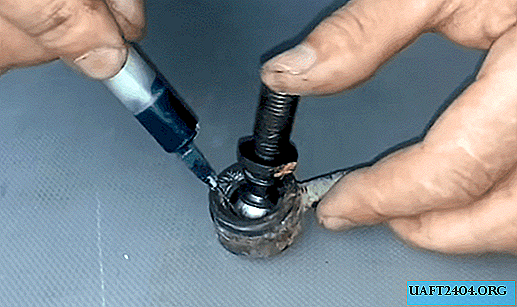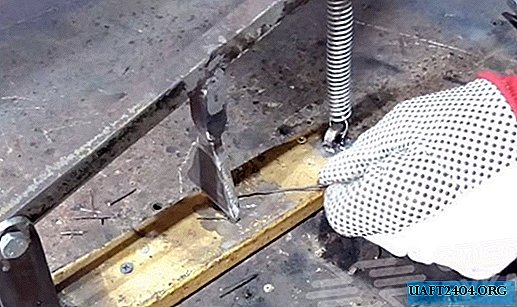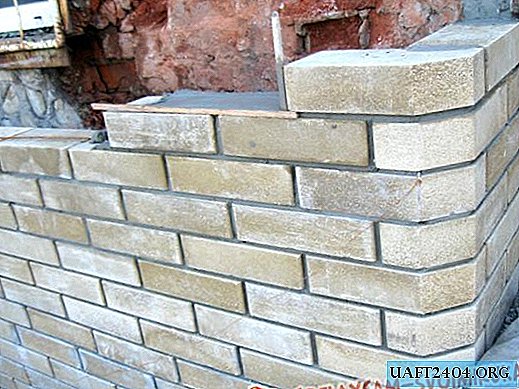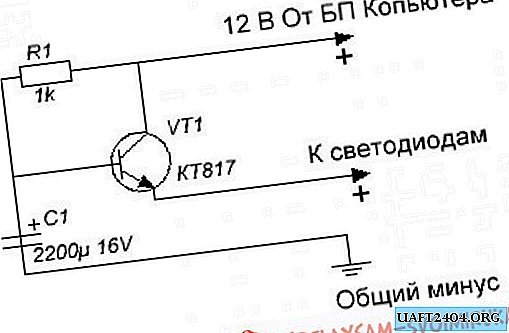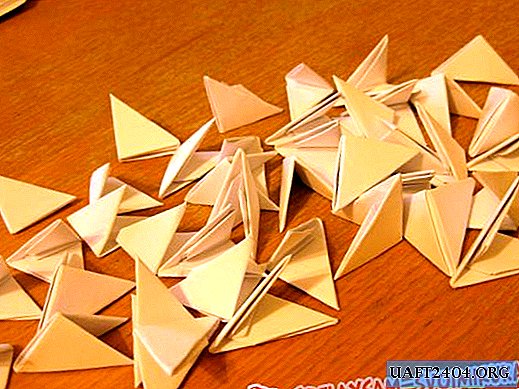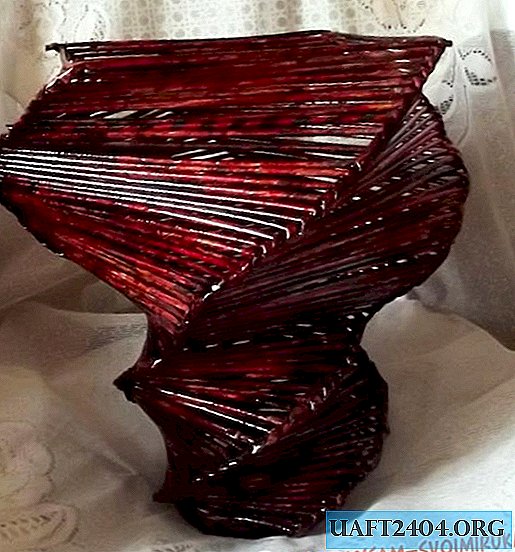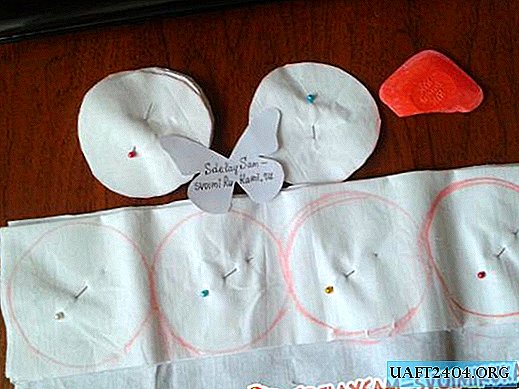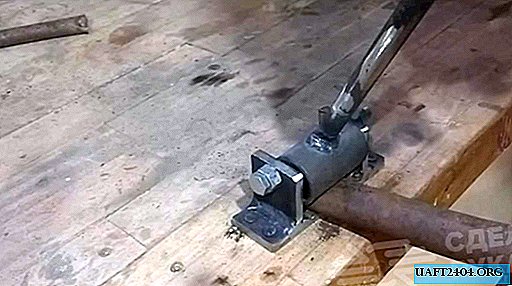Share
Pin
Tweet
Send
Share
Send
Materials for work:
• A4 sheet - 1 pc.;
• Colored paper - 2 sheets of different colors;
• Simple pencil, eraser, brush, paints, PVA glue, stationery tape.
Stages of the work:
The first stage: lining.
We print out information about the ancestors on sheets of colored paper (name, date and place of birth and death, number of years lived). Colored sheets are used to separate information about men and women. Carefully cut out the rectangles and lay them out on an A4 sheet, observing the lines of the "rows" (I - my parents - my grandparents - my great-grandmothers and great-grandfathers, etc.).
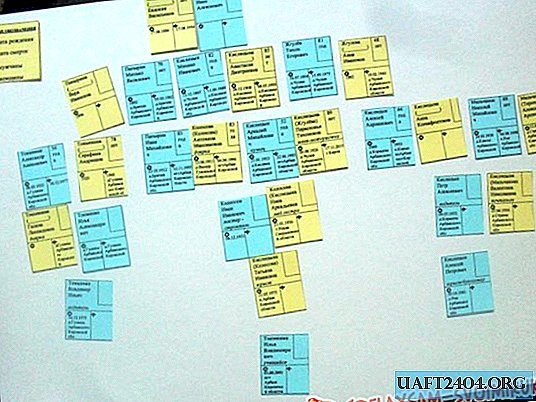
Each rectangle is outlined with a simple pencil. For convenience, you can also draw line lines.
Second stage: draw a tree outline.
With a pencil, we draw the contour of the trunk (this is me) and branches (thick branches connect me and my parents, thinner branches go from my mother to her parents and from my dad to his parents, further on the same principle). The farther the generation of ancestors is from me, the thinner the branches flowing into each other.

From the edges of the tree (at the places where the generation information ends) we draw the finished branches.


The third stage: we give color to the family tree.
First, we paint the whole tree (both the trunk and branches) with light brown paint. Rectangles can not be painted over so as not to violate the clarity of branching. Before applying the next coat of paint, the previous coat should completely dry.


Then, in long strokes, in random order, apply paint a few tones darker than the main one. It is important not to get carried away and not to paint over light paint completely.


On top of the second coat of paint, we also randomly apply lines with dark brown paint. Dark paint does not completely cover the previous color.

Draw the last completed branches.

The fourth stage: we draw foliage.
We form a tree crown: we apply foliage simply by applying a brush to the paper next to the branches. We paint with light green paint.


After the paint has dried, in each leaflet (or next to it) we apply a smear of dark green paint.


Fifth stage: we form the "series" of generations.
Rectangles printed with information about the ancestors are glued to the main sheet (trying to comply with the row).


Eraser erase all visible lines of a simple pencil.

Sixth stage: final.
In order to preserve the information of the family tree and the integrity of the picture, gently glue a wide stationery tape on the entire surface of an A4 sheet (trying to glue it without folds. If you still get a crease, pierce the air bubble with a needle and smooth it).
Family tree ready! Information about the roots of the family is not only collected and summarized, but also perpetuated.


Share
Pin
Tweet
Send
Share
Send

